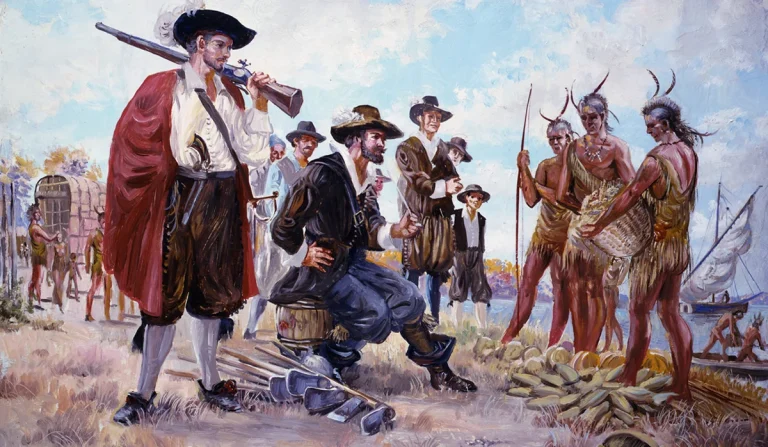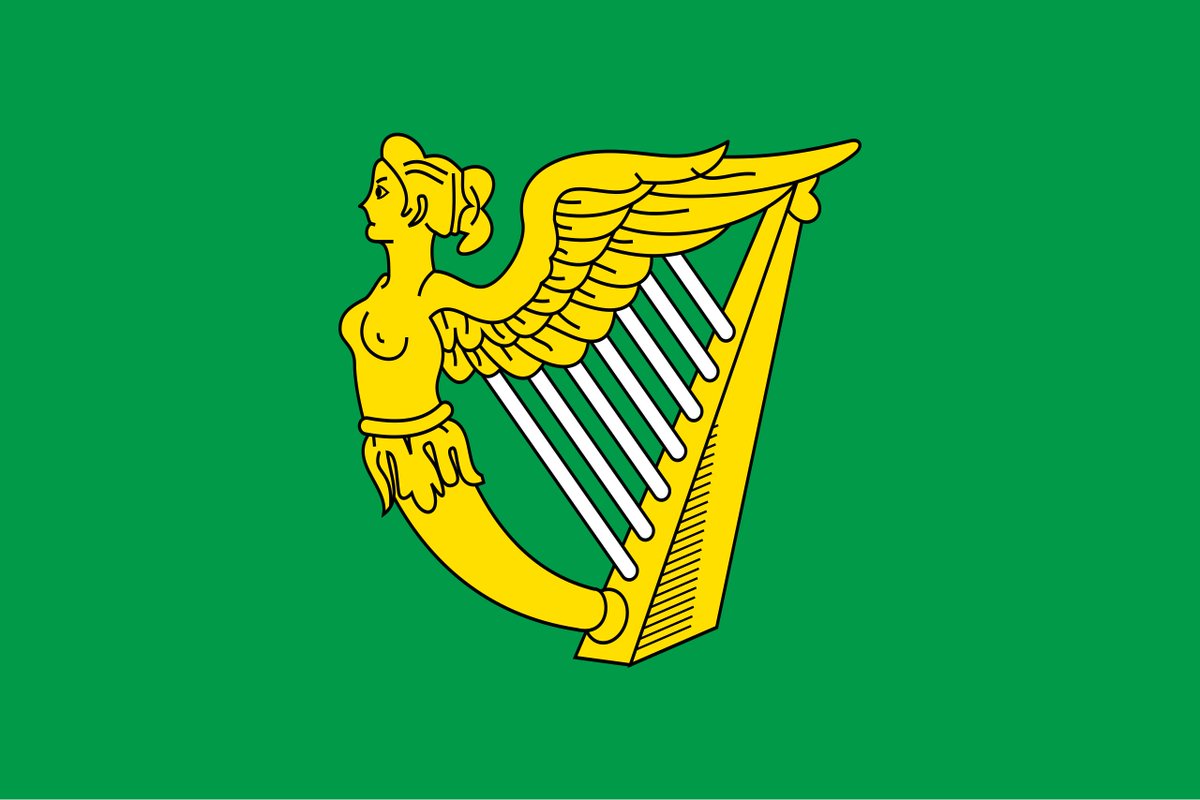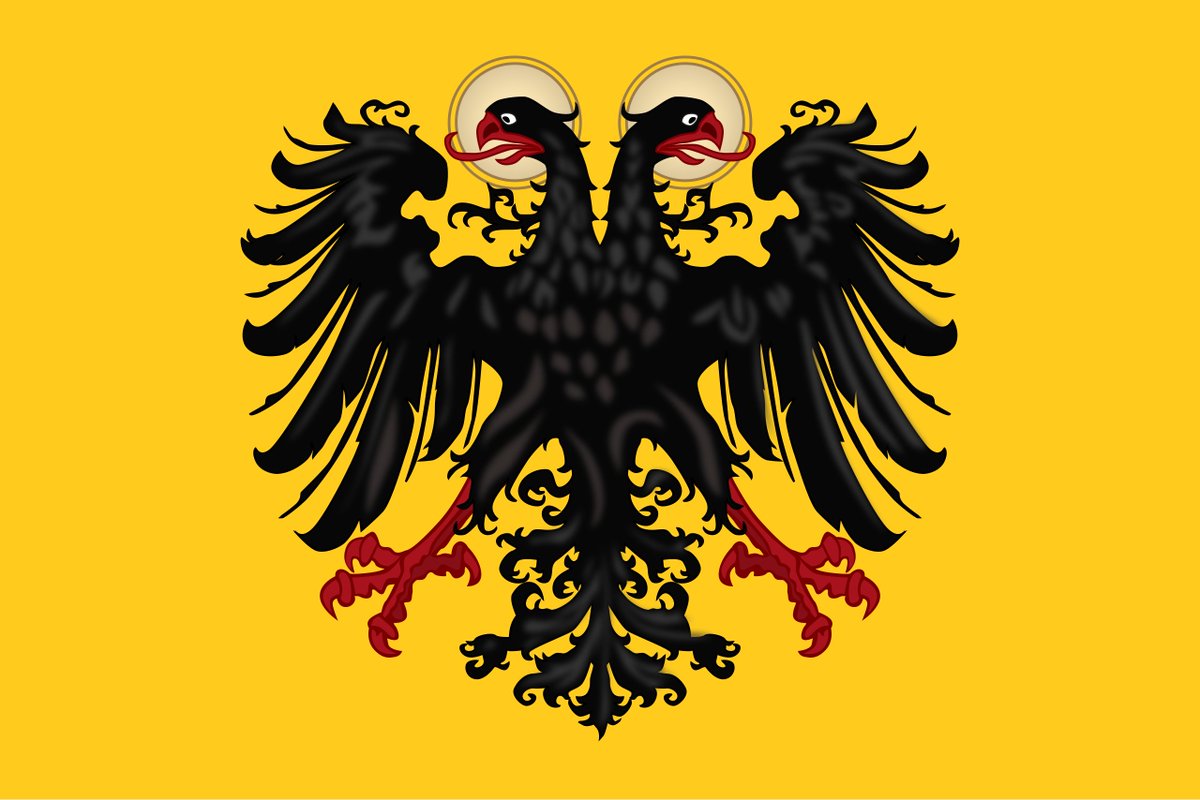The Norwegian Crusade was just as wild as you can imagine!
In 1107 King of Norway Sigurd I sailed with 60 ships to Jerusalem.
He would become the first European king to visit the Holy Land.
But the journey lasted for four years and a lot of violence happened along the way! 🧵
In 1107 King of Norway Sigurd I sailed with 60 ships to Jerusalem.
He would become the first European king to visit the Holy Land.
But the journey lasted for four years and a lot of violence happened along the way! 🧵

The Norwegian Crusade happened in the aftermath of the First Crusade.
Pope Urban II called for a crusade to the Holy Land in 1095 and the crusaders would go on to successfully establish several crusader states in Levant, finishing the crusade by conquering Jerusalem in 1099.


Pope Urban II called for a crusade to the Holy Land in 1095 and the crusaders would go on to successfully establish several crusader states in Levant, finishing the crusade by conquering Jerusalem in 1099.



While people know about the nine major "numbered" Crusades, there were in fact many more minor crusades to the Holy Land.
Norwegian Crusade was one of minor crusades that happened between the First and Second Crusade like the Crusade of 1101 and the Venetian Crusade of 1121-24.
Norwegian Crusade was one of minor crusades that happened between the First and Second Crusade like the Crusade of 1101 and the Venetian Crusade of 1121-24.

The idea of crusading was very popular at the time. It united the divided Latin Christendom and brought prestige to those who participated in it.
The crusader states in the Holy Land lacked manpower and needed constant reinforcements and there was never enough crusading.
The crusader states in the Holy Land lacked manpower and needed constant reinforcements and there was never enough crusading.

Crusade to the Holy Land was also seen as a form of pilgrimage.
The Norwegian Crusade was both a pilgrimage and a military campaign.
King Sigurd I wanted to prove that he was a good Christian by taking part in such crusade, and thereby increase his prestige!
The Norwegian Crusade was both a pilgrimage and a military campaign.
King Sigurd I wanted to prove that he was a good Christian by taking part in such crusade, and thereby increase his prestige!

Sigurd had already took part in expeditions of his father King Magnus III to the Orkney Islands, Hebrides and the Irish Sea which resulted in the conquest of the Kingdom of the Isles in 1098.
But Magnus was killed in Ulaid in 1103 and Sigurd had to return to Norway.

But Magnus was killed in Ulaid in 1103 and Sigurd had to return to Norway.


Following the death of his father Magnus III, Sigurd became King of Norway together with two of his brothers, Øystein and Olav. They ruled the kingdom jointly to avoid a civil war.
This joint rule would lead to what is seen as the golden age of the medieval Kingdom of Norway.
This joint rule would lead to what is seen as the golden age of the medieval Kingdom of Norway.

But in the autumn of 1107 Sigurd decided to leave his prosperous kingdom for a while to go on an absolutely crazy adventure.
With 60 ships and 5000 men he decided to sail from Norway all the way to Jerusalem to conduct a pilgrimage/crusade!
With 60 ships and 5000 men he decided to sail from Norway all the way to Jerusalem to conduct a pilgrimage/crusade!

From the Heimskringla saga written a century later,
"A young king just and kind,
People of loyal mind:
Such brave men soon agree,
To distant lands they sail with glee.
To the distant Holy Land
A brave and pious band,
Magnificent and gay,
In sixty long-ships glide away."
"A young king just and kind,
People of loyal mind:
Such brave men soon agree,
To distant lands they sail with glee.
To the distant Holy Land
A brave and pious band,
Magnificent and gay,
In sixty long-ships glide away."

The first stop was in England where the Norwegian crusaders arrived in autumn of 1107 and stayed until spring of 1108.
Henry I was King of England at the time and the Norwegians were his guests over the winter.
Henry I was King of England at the time and the Norwegians were his guests over the winter.

In the autumn of 1108 the Norwegians reached Galicia which they called Jakobsland due to Santiago de Compostela.
According to the Heimskringla saga they were allowed to stay there over the winter by an unnamed local lord.
But troubles would start soon...
According to the Heimskringla saga they were allowed to stay there over the winter by an unnamed local lord.
But troubles would start soon...

During the winter there was a shortage of food, "for it is a poor barren land" and the local lord refused to sell food to the Norwegians.
King Sigurd gathered his men and attacked the castle of this lord who "fled from it, having but few people."
Sigurd's men proceeded to loot!
King Sigurd gathered his men and attacked the castle of this lord who "fled from it, having but few people."
Sigurd's men proceeded to loot!

After plundering the Galician lands, the Norwegians continued sailing along the coast of Portugal in spring of 1109, encountering Muslim Saracens.
In one encounter they defeated a Saracen raiding party and captured eight galleys from them.
In one encounter they defeated a Saracen raiding party and captured eight galleys from them.

The Norwegians continued to raid the coast and went on to attack an unnamed Saracen castle in Sinstra, which might be the Castelo dos Mouros.
According to Heimskringla after conquering the castle, King Sigurd "killed every man in it, because they refused to be baptized."
According to Heimskringla after conquering the castle, King Sigurd "killed every man in it, because they refused to be baptized."

The ancient sagas also recount how King Sigurd won a battle against heathens near Lisbon.
"The son of kings on Lisbon's plains
A third and bloody battle gains.
He and his Norsemen boldly land,
Running their stout ships on the strand."
"The son of kings on Lisbon's plains
A third and bloody battle gains.
He and his Norsemen boldly land,
Running their stout ships on the strand."

The Norwegian crusaders continued their violent journey, sacking the town they called Alkasse (probably Alcácer do Sal), killing many.
"I heard that through the town he went,
And heathen widows' wild lament
Resounded in the empty halls;
For every townsman flies or falls."
"I heard that through the town he went,
And heathen widows' wild lament
Resounded in the empty halls;
For every townsman flies or falls."

They crossed the Strait of Gibraltar, where they clashed with another Saracen force, and went on to raid the Balearic Islands which were under Muslim control at the time.
These were the first recorded Christian attacks on Muslim Balearic Islands.
These were the first recorded Christian attacks on Muslim Balearic Islands.

The sagas also recount how Norwegians attacked Muslim pirates on the island of Formentera who were dwelling in some sort of cave and captured a large treasure from them.
They also attacked the islands of Ibiza and Menorca, but avoided the largest Balearic island Majorca.

They also attacked the islands of Ibiza and Menorca, but avoided the largest Balearic island Majorca.


In the spring of 1109 the Norwegians arrived at Sicily where they were welcomed by Roger II of Sicily whom they respected greatly.
From Sicily they went to the Kingdom of Jerusalem which they finally reached in the summer of 1110.
From Sicily they went to the Kingdom of Jerusalem which they finally reached in the summer of 1110.

It must have been some sight to see Norwegian longships arriving to the port of Acre!
King Sigurd and his men were welcomed by the crusader king Baldwin I of Jerusalem and received great gifts and relics, including a splinter off the holy cross.

King Sigurd and his men were welcomed by the crusader king Baldwin I of Jerusalem and received great gifts and relics, including a splinter off the holy cross.


The First Crusade was led by many important nobles but no king participated in it.
Sigurd was therefore the first king from Europe who visited the crusader Kingdom of Jerusalem and personally participated in a crusade.
Sigurd was therefore the first king from Europe who visited the crusader Kingdom of Jerusalem and personally participated in a crusade.

Sigurd and his men took part in fighting in the Holy Land as they helped the crusaders conquer the city of Sidon in autumn of 1110.
"He who for wolves provides the feast
Seized on the city in the East,
The heathen nest; and honour drew,
And gold to give, from those he slew."
"He who for wolves provides the feast
Seized on the city in the East,
The heathen nest; and honour drew,
And gold to give, from those he slew."

This concluded the crusading aspect of Sigurd's journey.
But there was still long way home.
He decided to sail to Cyprus and from there to Constantinople. There he was greeted by the Byzantine Emperor Alexios I Komnenos.
But there was still long way home.
He decided to sail to Cyprus and from there to Constantinople. There he was greeted by the Byzantine Emperor Alexios I Komnenos.

Sigurd decided to give all his ships and most of the treasures to the Byzantine Emperor. In exchange he received strong horses and guides who would help him to return to Norway by land.
Some of Sigurd's men decided to stay in Constantinople and joined the Varangian Guard.
Some of Sigurd's men decided to stay in Constantinople and joined the Varangian Guard.

Sigurd then began the long journey back home by land, meeting Holy Roman Emperor Lothar II on the way.
The king finally returned to Norway in 1111 after four years of crusading.
The king finally returned to Norway in 1111 after four years of crusading.

• • •
Missing some Tweet in this thread? You can try to
force a refresh







































